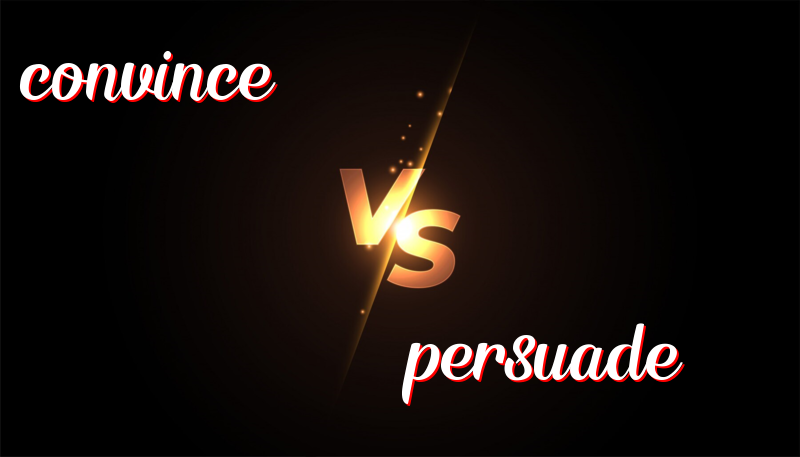Understanding Convince and Persuade
Convince vs. Persuade
History of the Words
Both “convince” and “persuade” come from Latin. “Convince” is from the Latin word “convincere,” which means to prove or conquer. “Persuade” comes from the Latin word “persuadere,” which means to advise or make someone do something.
How to Use Them
“Convince” means making someone believe something is true. It’s about changing their mind. “Persuade” means making someone do something by giving them reasons. It’s about changing their actions.
Trick to Remember the Difference
Remember, “convince” is for changing minds (like convincing someone that the earth is round). “Persuade” is for changing actions (like persuading someone to walk with you).
Examples of “Convince”
- She tried to convince me that cats are better than dogs.
- The ad convinced him to buy the new phone.
- He convinced his parents that he was right.
- They convinced the group to choose the mountain trip.
- You need strong facts to convince people.
Examples of “Persuade”
- She persuaded me to go with her to the party.
- He persuaded his friends to try the new game.
- The teacher persuaded the students to read more books.
- They persuaded us to stay longer at the event.
- She used a lot of examples to persuade him to study law.
Summary
Use “convince” when you need to change someone’s mind about something. Use “persuade” when you need someone to do something different. Convince = mind. Persuade = action.

Leave a Reply
You must be logged in to post a comment.